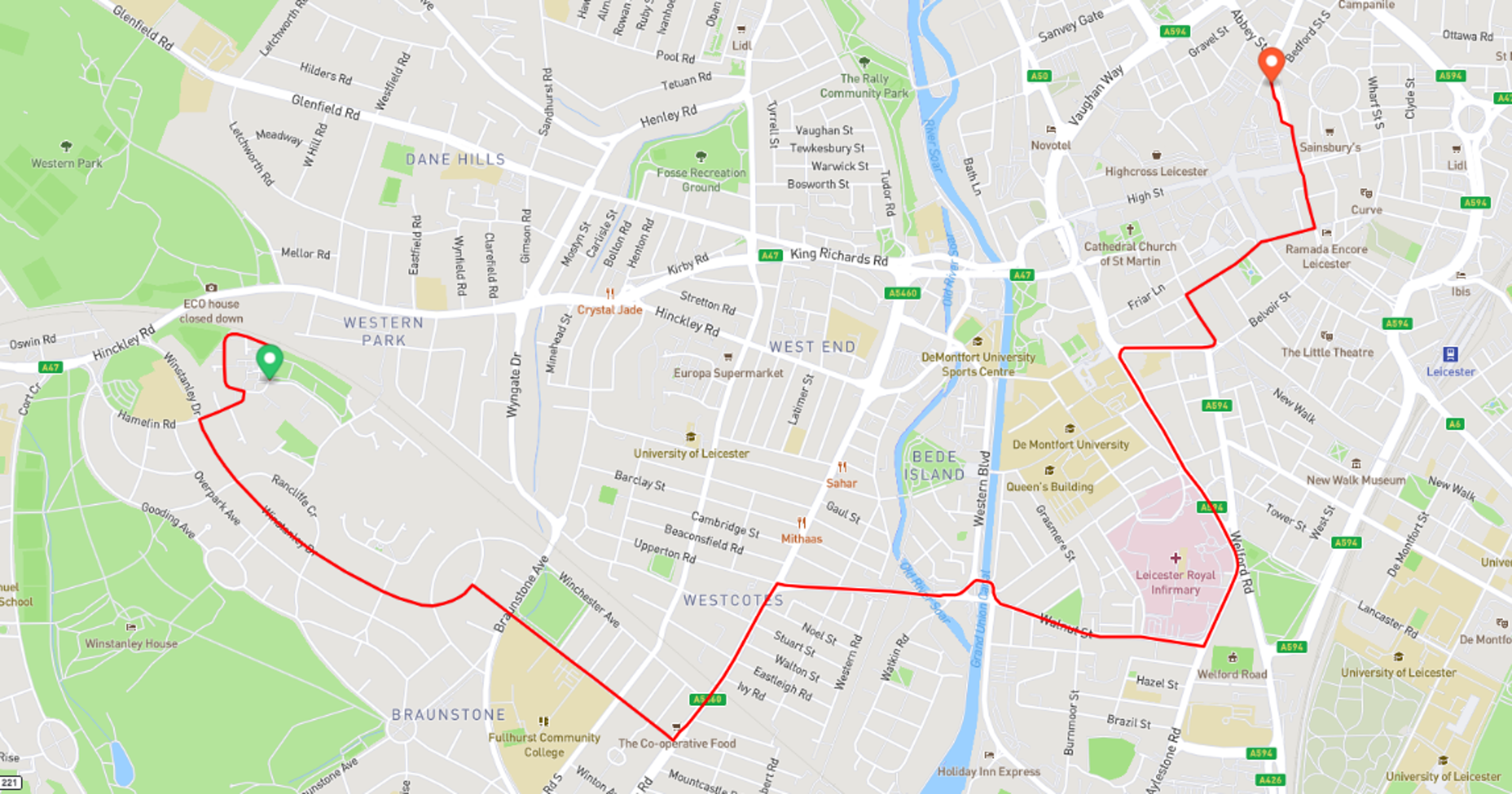 Jason Mann, UK Head of Product at Ticketer, talks through some of Ticketer’s most notable innovations of 2021, and how we are aiming to make life as simple as possible for operators and passengers alike.
Jason Mann, UK Head of Product at Ticketer, talks through some of Ticketer’s most notable innovations of 2021, and how we are aiming to make life as simple as possible for operators and passengers alike.
2021 may not have been the year everyone was hoping for in terms of Covid-freedom, but Ticketer HQ still kept up energy levels to launch a whole host of innovations.
For anyone who may have missed some of those key new developments, I was ‘gently persuaded’ to record a summary, which you can watch below. I’ve also shared each product development underneath the video.
Road Restriction Alerts
During 2020, a spotlight was put on the problem of bridge strikes and the impact they cause, so Ticketer decided to develop a Road Restriction Alert feature which aimed to give drivers advance warning of any roads with restricted access in the area, which could cause an issue for the vehicle they are driving. The main access restriction was of course low bridges, but our solution also catered for width restrictions as well.
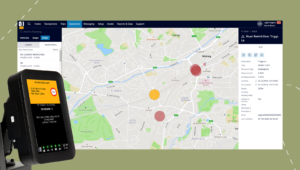 As part of this feature, we extended the model of vehicles to allow the width, and importantly height of each vehicle, to be added to the system. This allowed the system to not unnecessarily alert the driver if a single decker vehicle could comfortably clear the bridge, but would alert a double decker entering said warning zone.
As part of this feature, we extended the model of vehicles to allow the width, and importantly height of each vehicle, to be added to the system. This allowed the system to not unnecessarily alert the driver if a single decker vehicle could comfortably clear the bridge, but would alert a double decker entering said warning zone.
That, with a database of all bridges also added to the system, made it possible for operators to review and tweak this dataset as necessary and publish this to their ETMs. With the feature enabled, drivers then get a visual and audible alert when they are in the proximity of any potential issues. In addition, these alerts are recorded in the back office and can be reviewed at any time.
New Ticketer Handheld
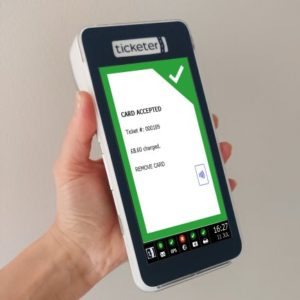 Our second big release of the past year was hardware related, and was our brand-new Ticketer Handheld. As well as a much-improved battery life over the old model with better performance, weight and size, the new Ticketer Handheld added a feature the old version did not support; the ability to use contactless EMV for the payments of tickets.
Our second big release of the past year was hardware related, and was our brand-new Ticketer Handheld. As well as a much-improved battery life over the old model with better performance, weight and size, the new Ticketer Handheld added a feature the old version did not support; the ability to use contactless EMV for the payments of tickets.
Users and operators will be pleased to hear that the same software is running on this new model, which means that all the features you are used to, such as Driver Messaging, Vehicle Checklists and many more, are all present on this new model.
Similar to the old model, we have in-vehicle mounting options available and there is also an optional carry-case available for mobile users.
QR Codes for return tickets
 Our third spotlight is on a feature that was requested by popular demand – to be able to use QR Codes for return tickets. Essentially, what operators were telling us is that they wanted the ability to use a QR Code for return journeys, as that gave the operator additional data on where returns were being used, but for that QR Code to only be allowed to be used once. And thus, our “single-use QR code” feature was born.
Our third spotlight is on a feature that was requested by popular demand – to be able to use QR Codes for return tickets. Essentially, what operators were telling us is that they wanted the ability to use a QR Code for return journeys, as that gave the operator additional data on where returns were being used, but for that QR Code to only be allowed to be used once. And thus, our “single-use QR code” feature was born.
Essentially, we built upon our QR hot list capability to automatically hot list a QR Code once it has been used so that the ticket cannot be used again. By implementing this in such a way, it allows these QR Codes to be used for other uses, for example an open ‘tour’ ticket where a ticket can be used once anytime within a month, say, or even carnet tickets.
QR API
The extension of QR Codes in the system didn’t stop there. The most notable extension was the addition of our QR API. Whilst not a feature that can be directly used by our operators, we have developed the option for the QR Codes that can be scanned on ETMs to be issued from our back office via an API (Application Programming Interface). We are making this available to third party suppliers, for example app developers, to make the task of generating a valid QR Code easier by removing the task from them and making our system to do the heavy lifting. You will hear more about this in 2022, as suppliers and app developers start to make use of this capability.
Rail Delivery Group QR Codes
In addition, our ETMs can now scan and validate QR Codes generated to the Rail Delivery Group (RDG) standard. This means that tickets such as PlusBus can now be scanned on the ETM and not just accepted as flash passes.
EMV
And finally, we added the extension to use contactless EMV to pay for the purchase of any fare associated with a QR Code or ITSO card. Whilst this was more in demand for ITSO cards where there may be a surcharge to pay after scanning a smartcard, support for this feature was added for QR Codes to retain parity in how all smart media can be used on our ETMs.
Traffic Light Priority
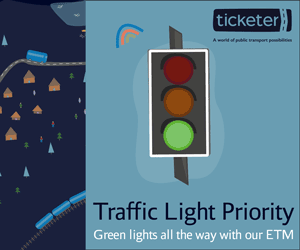 Moving back to the back office, we revamped how we manage and support Traffic Light Priority schemes with an overhaul of the back-office support for this feature. Whilst our ETMs have helped operators support TLP schemes for a few years now, there was no easy way for operators to manage that data set. Now, operators can create, edit, import and visualise the geofences used to support Traffic Light Priority schemes established around the UK and more we expect to see as part of the National Bus Strategy.
Moving back to the back office, we revamped how we manage and support Traffic Light Priority schemes with an overhaul of the back-office support for this feature. Whilst our ETMs have helped operators support TLP schemes for a few years now, there was no easy way for operators to manage that data set. Now, operators can create, edit, import and visualise the geofences used to support Traffic Light Priority schemes established around the UK and more we expect to see as part of the National Bus Strategy.
Centreline DATA
Using Centreline data on the ETM improves the accuracy of the recorded GPS, as the ETM will use this additional data point to ‘snap’ the GPS position to the expected route, to minimise the effects of GPS drift. Whilst we have supported the use of Centreline data for a while, there was no visibility of these data points within the portal, meaning it was difficult to spot and importantly correct, incorrect data. Now though, like TLP geofences, operators can create, edit, import and importantly visualise this data set to help reduce the number of errors in the data set itself, before using on the ETM.
Vehicle Checklists
Our Vehicle Checklist feature had a lot of activity during 2021. The setup has been separated from the reporting so that operators can provide limited access to the setup and configuration of the checklists, whilst providing wider access to the various defect reports that are available.
We added additional support when ETMs are swapped onto a bus by downloading any outstanding defects to that ETM. Speaking of the reports, these have been extended to include all repairs carried out in that time period and all vehicles checked are included, not to just include those vehicles with identified defects.
ETM System Checks
We also added the first System Check, which allows drivers to report issues with the ETMs themselves via the use of dedicated tests. The first option added is the ability for the driver to verify that the sound is working via the ETM playing an audio file and asking the driver to confirm whether that was audible. System checks are reported to the back office as a normal defect, allowing these to be managed the same as any other added checks.
And we also added lots of minor, but still useful, user interface improvements, including new configuration controls and navigational aids, such as jumping to the tracking page with the vehicle with the reported defect as context and many more like that.
BODs (Bus Open Service Data)
As you may recall, we ended 2020 with BODS (exporting Fares in NeTEx) and the BODS updates have been coming thick and fast since.
On Timetables, several changes were made to ensure they passed the ever-changing BODS validation checks. And the NeTEx Fares export saw several changes to support the new Single and Return ticket classes that were introduced as part of the Single Use QR Code feature mentioned earlier, and adding support for the Alighting Bus Stop to Fare Stage mapping should this differ from the boarding setup.
Rest assured, the BODS developments never stop and we are already working on changes to the SIRI feeds to meet the latest changes that the BODS team have introduced as well as adding support for passenger classes to the Fares export. I should have said that more news on that one will follow in early 2022, but it was quicker to do that development than to do the video above!
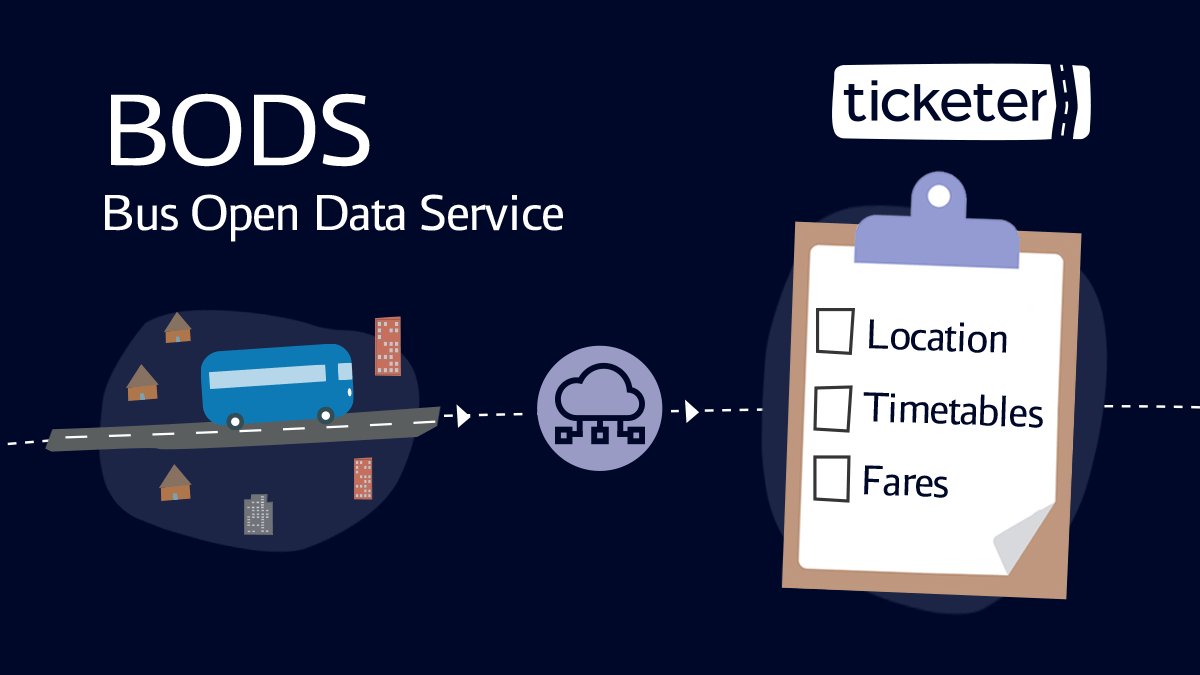
ITSO and QR Tap On / Tap Off
The final development of 2021 was our work on extending Tap On / Tap Off to work with ITSO cards and QR codes.
Unlike Contactless EMV, using Tap On / Tap Off with ITSO cards or QR schemes does not necessarily require a change to how the respective products are managed, but does allow operators to gain a better insight into their passengers travelling patterns, by not just knowing where passengers are boarding, but also where they are alighting.
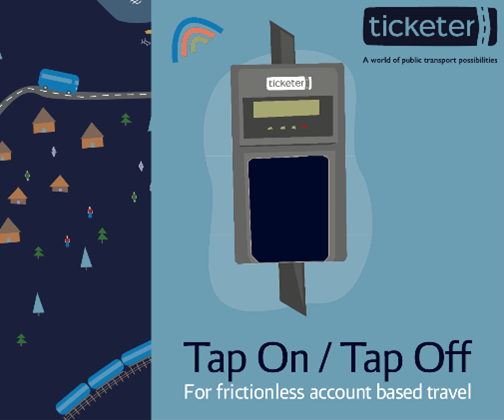 Both ITSO and QR Tap On / Tap Off can only be undertaken from the secondary Tap off Reader (TOR) unit. In addition, QR Codes can only be scanned on the Tap Off Reader via an additional QR scanning module that can be fitted to any existing TOR deployments.
Both ITSO and QR Tap On / Tap Off can only be undertaken from the secondary Tap off Reader (TOR) unit. In addition, QR Codes can only be scanned on the Tap Off Reader via an additional QR scanning module that can be fitted to any existing TOR deployments.
We will be covering this new feature in more detail shortly, so watch this space as they say.
Final Thoughts
Well, that was a brief (!!) highlight of just some of the new features that we developed and released during 2021. Of course, there were a host of other smaller developments that were also released during the year, but if I was to list them here, it would be 2023 before we knew it!
If any of the features I have mentioned were of interest to you, please do not hesitate to contact myself or our friendly support team who would be more than happy to discuss that feature in more detail.
Of course, as you know us by now, our work never stops, and we will be introducing lots more new features, innovations and enhancements during 2022.
Thanks for listening!
Jason


